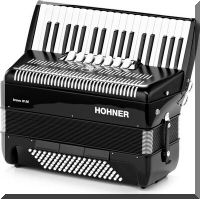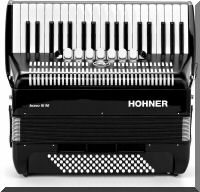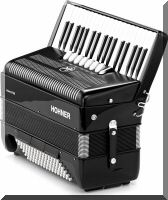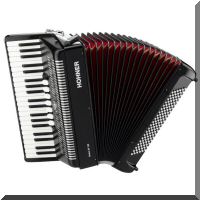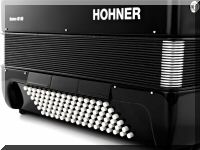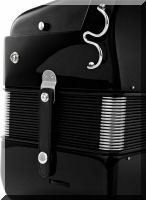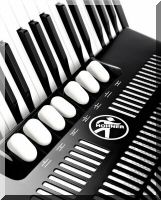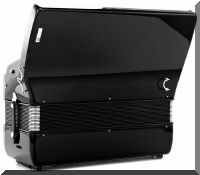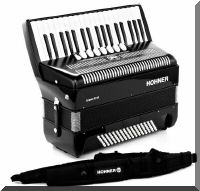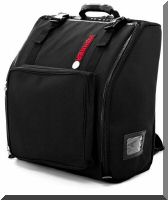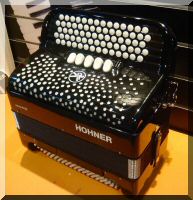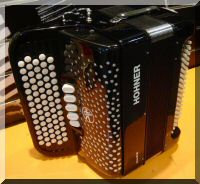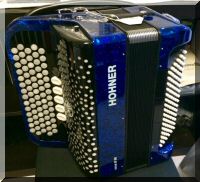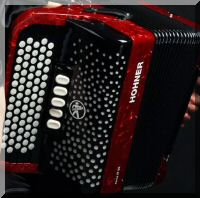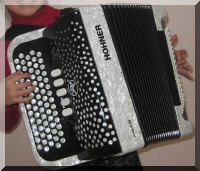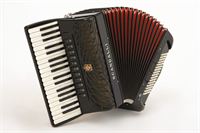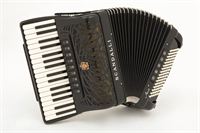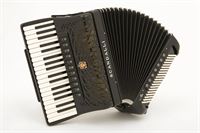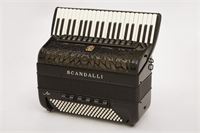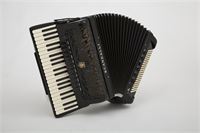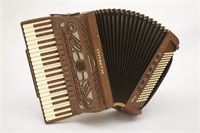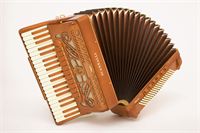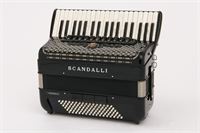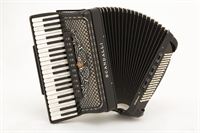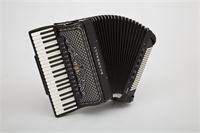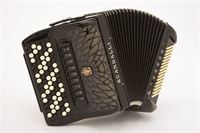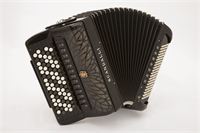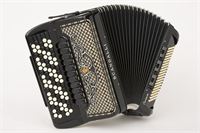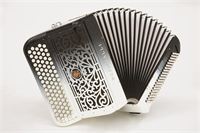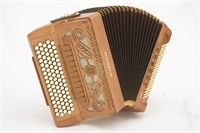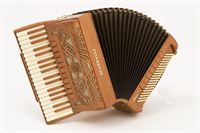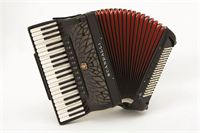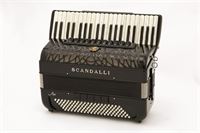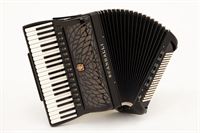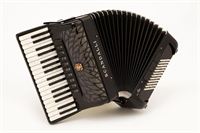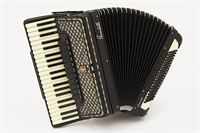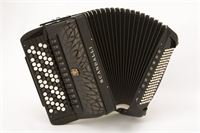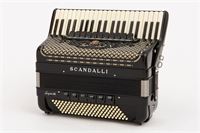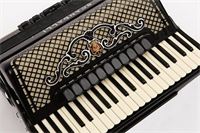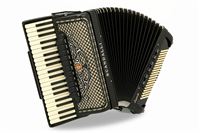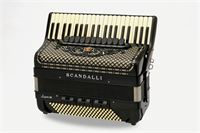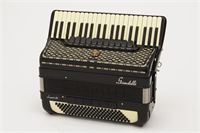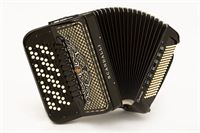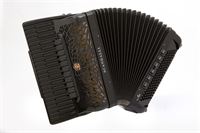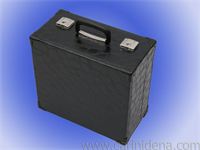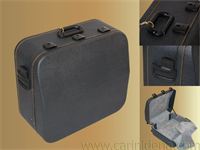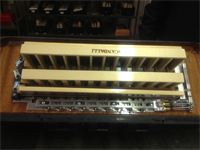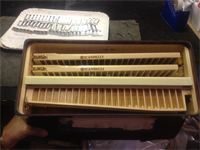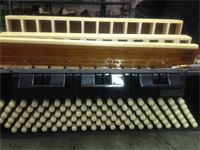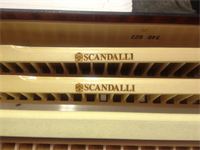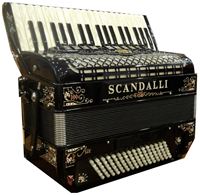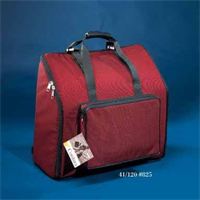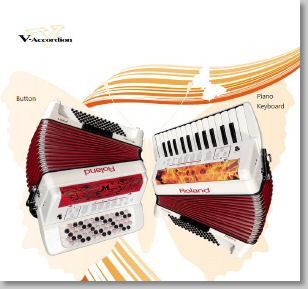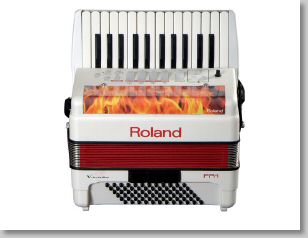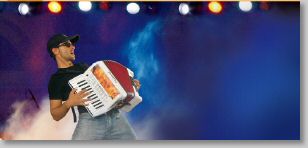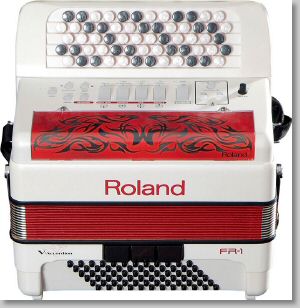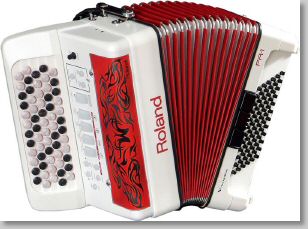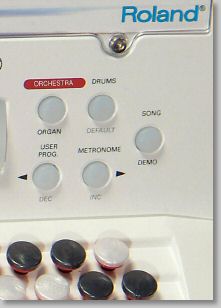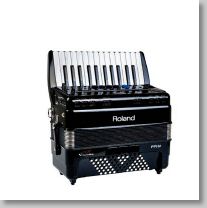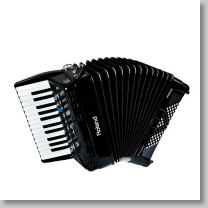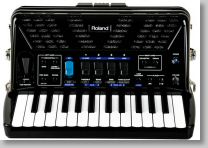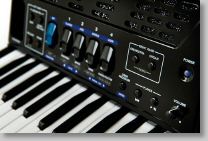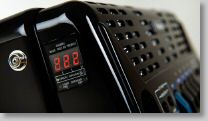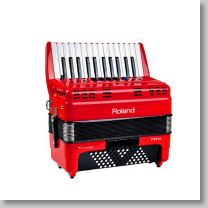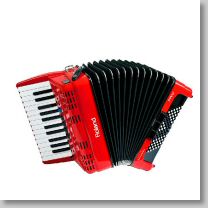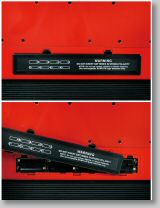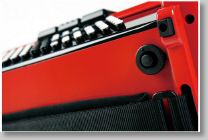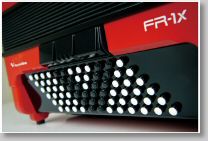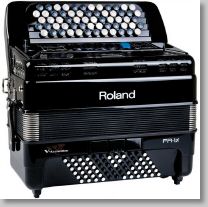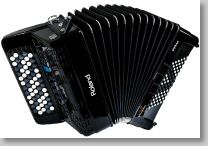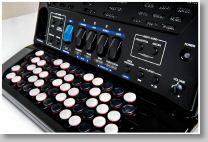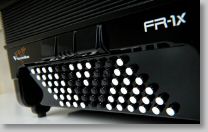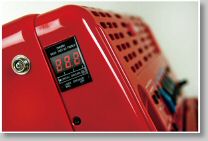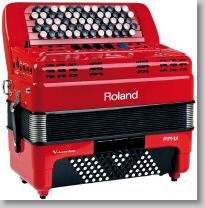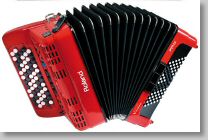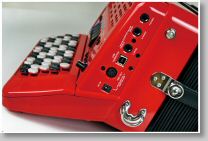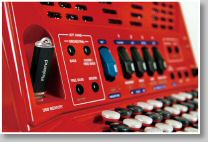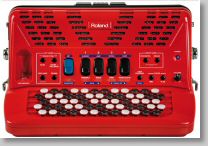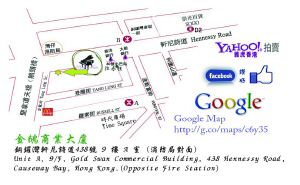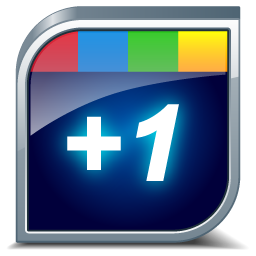|
|
香港手風琴中心 HONG KONG ACCORDION CENTRE
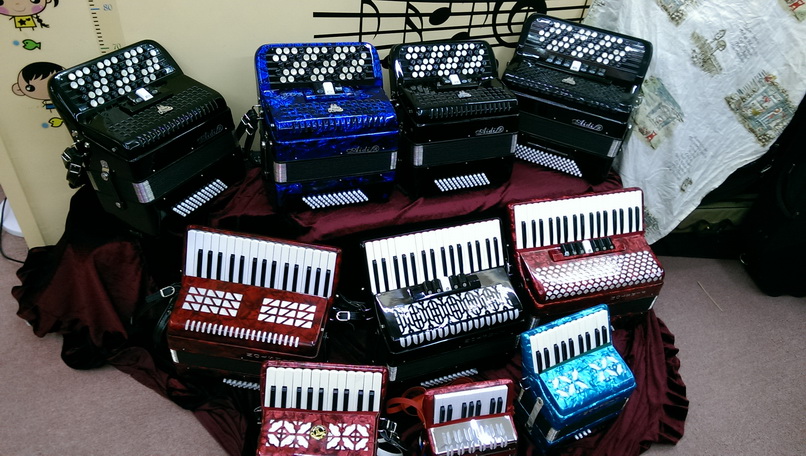
手風琴入門課程
A.$9500 十五堂個別一對一課程 包括六個月免費租用手風琴回家練習
B.$18000 三十堂個別一對一課程 包括12個月免費租用手風琴回家練習
includes gig bag. Weight: 7.4kg. Colour: Red / White / Black / Blue HK$13500
|
|
ACCORDION SPECIFICATION
PIANO ACCORDION
BUTTON ACCORDION
GOLDEN CUP 62/34 Keys 60 BASS Button Accordion B System (Black / Red)
HK$ 9500 with Three Years Warranty Light Weight 6.6 kg and slim size for Beginner Lady Elder
| 2016 年特別款式 金黃色 $11500 |
GOLDEN CUP 70/41 Keys 96 / 120 BASS Button Accordion B System (Black / Red)
HK$ 11500 / 14500 with Three Years Warranty Light Weight 7-8 kg and slim size for Beginner Lady Elder
PA1
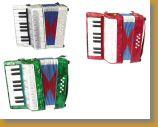 |
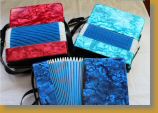 |
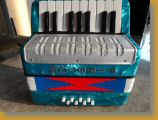 |
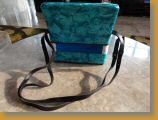 |
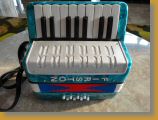 |
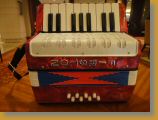 |
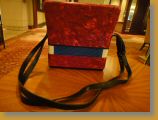 |
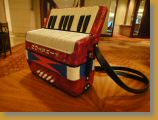 |
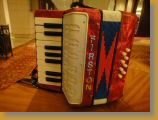 |
|
|
PA2 |
||||
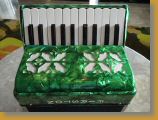 |
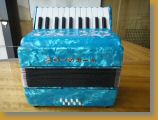 |
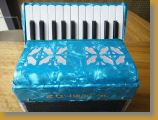 |
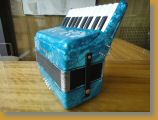 |
|
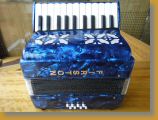 |
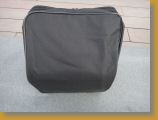 |
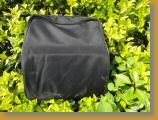 |
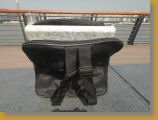 |
 |
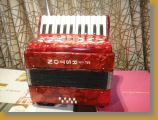 |
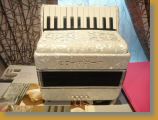 |
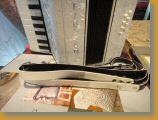 |
BA1
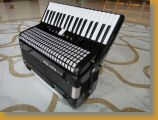 |
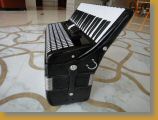 |
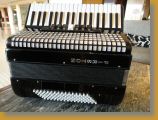 |
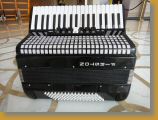 |
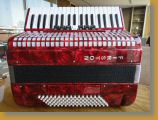 |
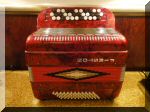 |
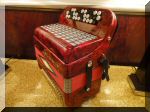 |
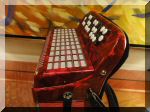 |
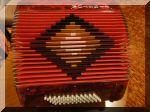 |
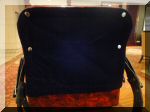 |
PA 3
ACCORDION N2648 Mini 48 Bass 26 Keys 48 Bass 3 Registers Accordion
Color :Black / Red Parts :Straps, Bags Weight:5.6 KG (approx.) SIIZE :33 x 18 x39 CM (approx.)
* More suitable for lady, children, elderly, or portable musicians and enthusiasts.
按鍵:26鍵48貝司 變音器:3變音器 顏色:黑色/紅色
配件:背帶,琴包 重量約:5.6KG 尺寸約:33 x 18 x39 CM
* 更適合女士,小孩,老人或者希望更輕便的音樂人和愛好者使用。
GOLDEN CUP 62/34 Keys 60 BASS Button Accordion B System (Black / Red)
HK$ 9500 with Three Years Warranty Light Weight 6.6 kg and slim size for Beginner Lady Elder
GOLDEN CUP 70/41 Keys 96 / 120 BASS Button Accordion B System (Black / Red)
HK$ 11500 / 14500 with Three Years Warranty Light Weight 7-8 kg and slim size for Beginner Lady Elder
|
|
|
|||
 |
 |
 |
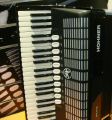 |
 |
 |
 |
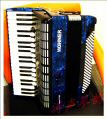 |
 |
德國手風琴
德國 Hohner 手風琴 三年全面保用
HOHNER ACCORDION
Hohner Bravo II 48 accordion (Design 2) - 26 treble keys, 48 basses, 2 sets of reeds, 2 voice
includes gig bag. Ideal instrument for beginners. Weight: 5kg. Colour: Blue. HK$12500
2016 BRAND NEW LIMITED STOCK AVAILABLE
Hohner Bravo III 72 Accordion (Design 2) - 34 treble keys, 72 basses, 3 sets of reeds, 5 treble, 2 bass switches,
includes gig bag. Weight: 7.4kg. Colour: Red / White / Black / Blue HK$15500
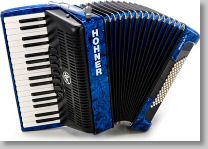 |
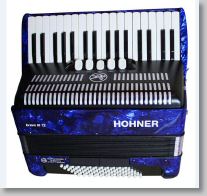 |
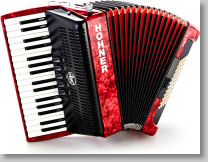 |
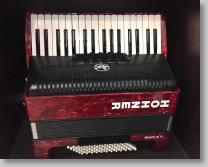 |
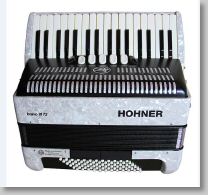 |
Hohner Bravo III 96 Accordion - 37 descant keys (3 choirs, 7 registrations), 96 basses (3 registrations),
includes straps and gig bag. Weight 8.8 kg Black / White HK$18500
Hohner Amica IV 120 Accordion - 41 treble keys, 120 basses, 4 sets of reeds, 11 treble switches, 3 bass switches,
includes straps and case. Weight 9.8kg. Colour Black HK$33500
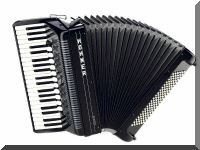 |
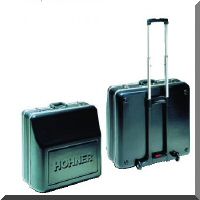 |
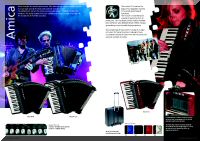 |
Hohner Nova Chromatic Accordion 96 - B System
Tremolo Tuning, 72/44 keys, range E-B, 5 treble registers, 96 bass buttons, 4 voices, 3 registers
Weight 7.6kg, Includes adjustable textile straps. Gig bag. HK$43500
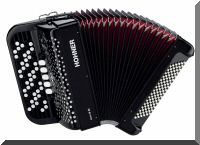 |
德國 Hohner 手風琴 三年全面保用
意利大手風琴
SCANDALLI ACCORDION
|
|
|
|
|
|
|
|
|
|
|
|
|
|
|
|
|
|
|
|
|
|
|
|
|
|
|
|
|
|
|
|
|
|
|
|
|
|
|
|
|
|
|
|
|
|
|
|
SCANDALLI catalogo 2016.pdf.pdf
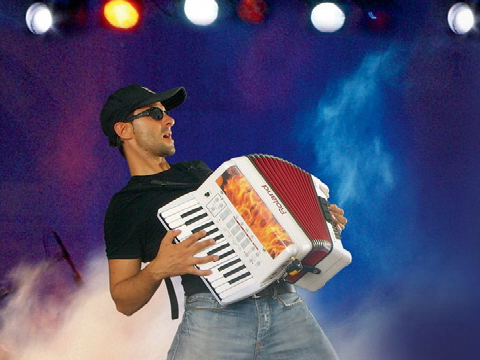
電子手風琴 數碼手風琴 靜音手風琴
Digital Accordion Electric Accordion Slient Accordion
Roland
FR-1p : 鍵盤型電子手風琴 Piano Keyboard Digital Accordion
FR-1b : 巴揚型電子手風琴 Button Digital Accordion
FR-1xp : 鍵盤型電子手風琴 Piano Keyboard Digital Accordion
FR-1Xb : 巴揚型電子手風琴 Button Digital Accordion
香港壹年保用!三年質量保証!永久免費檢查!
|
|
右手 RIGHT |
左手 LEFT |
尺寸 SIZE (H xW xD) |
重量 WEIGHT |
價格 PRICE |
功能 FUNCTONS |
|
FR-1p |
26 KEYS 鍵盤型 |
72 BASS 貝司 |
395 × 365 × 195 mm |
5.5 kg |
HK$15250 |
SAME 兩者相同 |
|
FR-1b |
62/34 按紐 巴揚型 |
72 BASS 貝司 |
375 × 365 × 195 mm |
5.5 kg |
HK$23250 |
SAME 兩者相同 |
|
|
右手 RIGHT |
左手 LEFT |
尺寸 SIZE (H xW xD) |
重量 WEIGHT |
價格 PRICE |
功能 FUNCTONS |
|
26 KEYS 鍵盤型 |
72 BASS 貝司 |
405 × 365 × 195 mm |
6.5 kg |
HK$28550 |
SAME 兩者相同 |
|
|
62/34 按紐 巴揚型 |
72 BASS 貝司 |
380 × 365 × 195 mm |
6.5 kg |
HK$32550 |
SAME 兩者相同 |
更小的尺寸,更豐富的表現力Roland革命性的V系列手風琴從2004年問世以來深深地改變了音樂世界。由於數字模型概念已經在全球普及,
因此Roland開發出更多型號的V系列手風琴。運用了頂級數碼技術的全新超輕的FR-1鍵盤型與FR-1巴揚型手風琴非常適合學生、初學者和鍵盤手!
超輕超便攜
古典手風琴,調音與管弦樂器直接切換,內置混響、合唱、旋轉等效果,適合年輕學生與舞台演出者
* 更小的尺寸,更豐富的表現力 : 學生的最佳用琴
感謝它的小身材,讓FR-1非常適合年輕的初學者與音樂學校。
同樣,適合演出者
小巧,但是不向聲音品質妥協,FR-1適合舞台演出者與鍵盤手。使用它的長壽命電池(使用8×AA 型2000mAH 鎳-氫電池)
可以使用超過5小時——盡情在舞台上表現您的音樂才華。
讓您的FR-1獨一無二
FR-1有6種不同的鑲嵌薄片供用戶更換。演奏者也可以根據自己喜好來設計,用普通A4紙或其它類型紙設計然後通過計算機打印。
* 隨時隨地演奏
使用FR-1套裝內含的高質量耳機靜音練習非常方便,不會打擾家庭或鄰居。
無音箱,輕便型號
可連接您的外置音箱更是完美的音色,讓您的演奏給人留下深刻印象!
* 更高級的音樂表現力
使用FR-1您可以模擬7種不同的手風琴。使用創新的4管風琴預置(和聲小節)與旋轉效果,您可以產生令人吃驚的管風琴聲音!
您甚至可以演奏自己的節拍,使用貝斯與和弦鍵增加鼓!
* 更小的尺寸,更豐富的表現力
規格 :
[鍵盤]
右手 FR-1鍵盤型:26鍵,力度高感應(在B鍵開始)。 FR-1巴揚型:62鍵,力度感應
左手 FR-1鍵盤型/巴揚型:72力度感應鍵。
[風箱] 風箱壓力真實感應裝置(高靈敏度壓力探測器),風箱阻尼調節裝置。
[音源]
最大復音 128複音
音色 7組手風琴,每組包含:8個高音註冊,3個低音註冊,3個管弦樂低音註冊,3個管弦樂和弦註冊, 4個管弦樂音色,4個管風琴音色。
高音簧片 4
低音簧片 5
和弦簧片 3[PBM(物理行為模擬)]
噪音 簧片停止噪音,活門關閉噪音,左鍵噪音
獨立簧片模擬 滯後域值,表情曲線,壓力變化濾波器,壓力變化音高偏差
簧片音色波形切換 根據風箱加速度,根據音符重複速率
[繆賽特調音]
微調預置 15(幹琴,古典,F-民謠,美國L/H,北歐,德國L/H,D-民謠L/H,阿爾卑斯期,意大利L/H,法國,蘇格蘭)
[效果器] 混響:8種。合唱:8種。旋轉 慢/快 (為管風琴音色)
[面板控制器]
旋鈕控制器 音量/電源,註冊:4×高音,管弦樂,管風琴,組,3×低音,管弦樂低音,管弦樂和弦
按鍵 管弦樂/管風琴,管弦樂貝斯,管弦樂和弦,左註冊,鼓組/默認,樂曲/演示曲,用戶程式/減,節拍器/增
[操作模式]
低音/和弦模式 2Bs Rows, 3Bs Rows A-7th, 3Bs rows A-5dim, 3Bs Rows B-7th, 3Bs Rows B-5dim, 3Bs Rows Bx
高音模式(巴揚型) C-Griff Europe, C-Griff2, B-Griff Bajan, B-Griff Fin, D-Griff 1, D-Griff 2
八度音 下(-),0,上(+)(高音,管弦樂與管風琴)
鼓組 4鼓組/打擊樂組
樂曲功能 4預置樂曲,左手或右手聲部可選擇靜音功能
[電源] 外部變壓器或選購電池
[功率消耗] 375 mA(使用外部變壓器)
[電池連續使用壽命] (選購) 8 x AA型鎳-氫2000 mAh – 電池± 5.5 小時。
根據實際使用條件有所變化。 *碳性與鹼性電池不能使用。只能使用可充電鎳-氫AA-型電池
[其它]
連接口 耳機插孔(立體聲),輸出插孔:左/單聲道(高音),右/(單聲道)(低音),MIDI連接口輸出/輸入(通過功能參數調節),
直流輸入插孔
電源 外部交流變壓器(100 ~ 240V, 通用)
節拍器 拍號:1/4,2/4,3/4,4/4,5/4,6/4,6/8,9/8;速度:20-250;電平:關閉,低,中,高
體積 FR-1(鍵盤型):395 (H) × 365 (W) ×195 (D) mm,FR-1b(巴揚型):375 (H) ×365 (W)×195 (D) mm
重量 FR-1(鍵盤型)無背帶與選購電池:5.5 kg FR-1b(巴揚型)無背帶與選購電池:5.5 kg
附件 1/4”–1/4” 耳機(吉他)線,耳機(帶1/8” – 1/4”適配器插頭),外部交流變壓器,外部交流變壓器,快速指南,
CD-ROM說明書,高音標準鍵冒(巴揚型),變壓器安全帶,MIDI或音頻線,六角扳手,背帶,可替換裝飾片:5
另可選購 BAG-FR-1:手風琴軟包;CM-30:Cube監聽音箱;CUBE Street:立體聲音箱; SA-300:舞台音箱;Mobile Cube:立體聲音箱
FR-1xp : 鍵盤型電子手風琴 Piano Keyboard Digital Accordion
FR-1Xb : 巴揚型電子手風琴 Button Digital Accordion
香港壹年保用!三年質量保証!永久免費檢查!
|
|
右手 RIGHT |
左手 LEFT |
尺寸 SIZE (H xW xD) |
重量 WEIGHT |
價格 PRICE |
功能 FUNCTONS |
|
26 KEYS 鍵盤型 |
72 BASS 貝司 |
405 × 365 × 195 mm |
6.5 kg |
HK$28550 |
SAME 兩者相同 |
|
|
62/34 按紐 巴揚型 |
72 BASS 貝司 |
380 × 365 × 195 mm |
6.5 kg |
HK$32550 |
SAME 兩者相同 |
FR-1xp : 鍵盤型電子手風琴 Piano Keyboard Digital Accordion
FR-1Xb : 巴揚型電子手風琴 Button Digital Accordion
FR-1x : V-Accordion電子手風琴
小巧便攜的外形並配置有高級功能
V-Accordion電子手風琴使音樂世界發生了革命性的變化,而Roland正致力於繼續這一革新的旅程。 FR-1x系列是著名V-Accordion家族的新成員。
這一全新的設備不僅沿襲了FR-1的靈巧設計,而且增添了新的特點,包括USB功能和提升靈敏度和精度的風箱壓力迴路。內置揚聲器和7段3字
符顯示屏,FR-1x鍵盤型電子手風琴為小型手風琴豎立了新標準。
內置立體聲揚聲器
USB存儲設備接口用於連接Wave/MP3播放器、上傳新音色、載入/儲存數據
專業的外形和便捷的用戶操作界面以及7段LED屏幕
標準和自由低音模式
16組手風琴設置、16組管弦樂音色、4組預置虛擬音齒、8組用戶程序
擁有黑色或紅色兩種顏色
從學生到專業樂手的最佳選擇
FR-1x系列電子手風琴無論是對於年青樂手的演奏、音樂工作室還是音樂教育都是最佳樂器。 FR-1x雖然是V-Accordion家族中體積最小的
電子手風琴,但音色卻毫不遜色,對於專業樂手的現場演繹完全可以勝任。 FR-1x的電池供電功能和內置揚聲器是巡迴演出樂手的理想選擇。
對於民謠、搖滾、藍調還是黑人舞曲風格,FR-1x都將是最佳選擇。
隨時隨地演奏
您不僅可以通過內置揚聲器聆聽高品質的音色,而且可以通過耳機(另購)進行靜音練習。由於FR-1x小巧的外形,您可以在旅途中攜帶並隨時演奏。
高級的樂曲表現力
當您操作FR-1x時,各種不同手風琴音色可快速的進行切換。 FR-1x更內置管風琴音色以及演繹真實迴旋效果的虛擬音齒風琴。通過面板手動操作,
您可以獲得鼓/打擊樂音色,並使用低音與和弦按鍵進行演奏。
內置USB存儲接口及USB電腦連接口
USB存儲接口可以讓您輕鬆的保存用戶程序或載入新的音色。您可以使用選購的USB閃存管理MP3及WAV文件。播放功能是一個非常好的教學方法
同時也可以為現場的表演增色。 USB電腦連接口專門用於電腦的MIDI軟件,比如音序器軟件等。
快速的響應及高靈敏度
得益於羅蘭專門為手風琴演奏優化的音源,FR-1x可以滿足任何演奏家的需要。全新的技術讓手風琴的演奏擁有更好的響應,從而讓演奏家全身心
投入到表演中。
設置編輯軟件
專門的軟件可以讓您創建FR-1x的用戶設置,包括所有的弦樂、弦樂貝斯及弦樂合弦音色。您可以在羅蘭的網站上免費下載。並且通過USB口,
您可以方便的將用戶設置讀取到FR-1x。
鍵盤、低音及風箱右手26鍵力度感應鍵盤(以B鍵開始)左手72鍵力度低音按鈕低音及和弦模式 2 Bs Rows, 3 Bs Rows A-7th, 3 Bs Rows A-5dim,
3 Bs Rows B- 7th, 3 Bs Rows B-5dim, 3 Bs Rows Bx-7th , 3 Bs Rows Belgium自由低音模式Minor 3rd (37鍵Eb-Eb), Bajan (37鍵DD), Fifth (36鍵CC),
North Europe ( 37鍵DC#), Finnish (37鍵DD)風箱全新的壓力傳感器提供更好的靈敏度及先進的物理行為模擬,比如檢測風箱的開/閉,精確的風箱
阻力調校風箱曲線Fixed Low, Fixed Med , Fixed High, X-Light, Light, Standard, Heavy, X-Heavy音源最大復音數128複音音色(手風琴)16組手風琴
音色(包括4組用戶組), 每一組包括: 14高音註冊, 7低音/和弦註冊, 7自由低音註冊, 7 弦樂自由低音註冊, 7弦樂低音註冊, 7弦樂和弦註冊簧片調節
音栓7高音, 5低音, 3和弦, 2自由低音附加音色從USB存儲設備載入及保存於4個用戶組音色弦樂音色Strings, JazzScat1, JazzDoos, Str&Choir,
Twin Trump, Trombone, FrenchHorn, Brass, Flute1, Tenor Sax2, Clarinet, Oboe, Ac Piano, Ac Guitar, Mandolin, HarpsStr風琴音色Jazz Slow/Fast,
Latin Slow/Fast, HousPerc Slow/Fast, Theatre Slow/Fast弦樂低音音色Acoustic, Fingered, Bowed, Jazz Pedal VTW, Tuba Mix, Tuba, Fretless弦樂和弦
音色Strings, JazzDoos, Jazz VTW, R&B VTW, Steel Gtr, Ac Guitar, Ac Piano弦樂自由低音音色Strings, JazzDoos, Jazz VTW, Clarinet, Ac Guitar, Ac Piano, OboePBM (物理行為模擬)噪音簧片停止聲音,活門關閉噪音,左鍵噪音獨立簧片模擬磁滯臨界值,表情曲線,壓力變化過濾器, 壓力變化音高偏差簧片
音色切換按風箱加速,按琴鍵重複速度風箱打開/關閉音色變化按風箱打開/關閉檢測彌賽特調音微調音預置16種: Off, Dry, Classic, F-Folk,
American L/H, North Europe, German L/H, D-Folk L/H, Alpine, Italian L/H, French, Scottish效果混響/合唱8種8種用於風琴音色的旋轉效果慢/快面板
控制旋鈕控制及註冊音量, 4x Treble/Orchestra/Organ + Set其它開關鼓打開/關閉, 弦樂打開/關閉,風琴打開/關閉, 自由低音打開/關閉, 弦樂低音
打開/關閉, 弦樂和弦/自由低音打開/關閉,用戶程序打開/關閉, Wave/MP3播放器: 復位/停止, 播放/暫停, 電源操作模式用戶程序8個存儲弦樂/風琴
模式Solo, Dual八度降調, 0, 高音升調, 弦樂/風琴節拍器打開/關閉鼓低音&和弦/打擊樂音色低音打開/關閉/弦樂低音2 rows, 和弦/弦樂和弦4 rows
音頻播放器USB閃存mp3/Wave播放器低音至高音模式打開/關閉其它顯示7段, 3字符(LED)額定輸出功率7 W x 2揚聲器9 cm x 2波形擴展2個內部
存儲(每個8 MB)用於加載新音色電源AC適配器(包含產品中)
電池(不包含於產品中) AA-類型可充電鎳氫電池x 8電池持續使用時間5-小時(揚聲器打開模式)
8-小時 (揚聲器關閉模式)
*使用2000mAh鎳氫電池機身接口輸出接口L/Mono (高音), R/Mono (低音): 1/4"耳機類型
耳機接口: 1/4"耳機類型
MIDI輸出接口
USB存儲接口A類型
USB電腦接口B類型
DC IN接口機身可選顏色黑,紅附件AC適配器, 電源線(用於連接AC適配器) 用戶手冊, 低音按鈕Reference caps, 背帶,適配器固定帶選購
(另購)手風琴軟包, USB閃存( M-UF-系列),音頻-MIDI線(AMC-3),譜架及凳子(AAP-1), 耳機(RH-200, RH-300)
體積 長(W)405 / 385 mm x 寬(D)365 mm x 高(H)195 mm 重量6.5 kg
香港手風琴中心 HONG KONG ACCORDION CENTRE
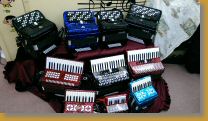 |
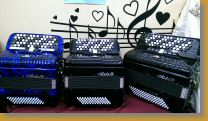 |
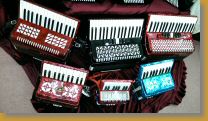 |
俄羅斯 Wesley from Russia
十多年教學和演出經驗,Qualified ESL Teacher,從事幼兒教育更對
小朋友身心發展項目,開創不少獨特的課程都為家長們認同和讚賞。
學習手風琴是課程主題,給小朋友帶來創新思維和極大樂趣,不同的
表演和比賽都會有更多演出機會。
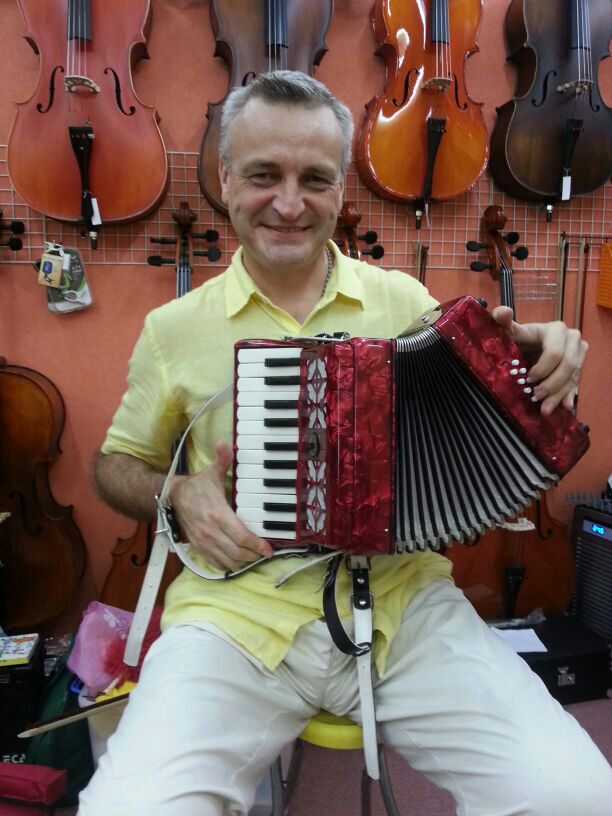
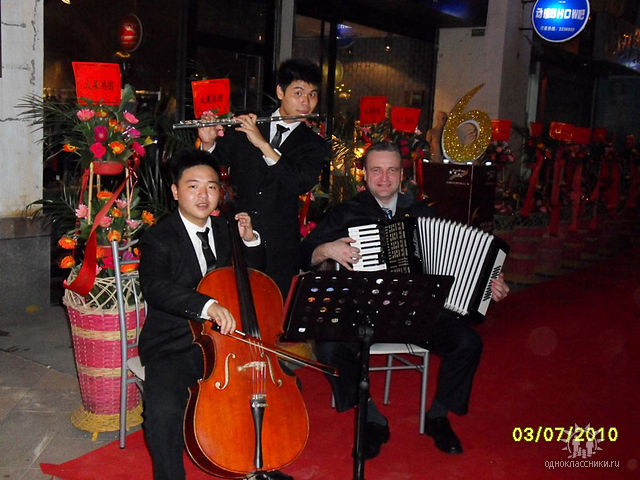
|
|
成人 |
兒童 (7-15 歲) |
|
個別 (一對一) |
$3000 / 4 堂 |
$3000 / 4 堂 |
手風琴入門課程
A.$9500 十五堂個別一對一課程 包括六個月免費租用手風琴回家練習
B.$18000 三十堂個別一對一課程 包括12個月免費租用手風琴回家練習
=========================================================================
======================================================================================
#課程不需要帶手風琴上課!
======================================================================================
香港手風琴中心 HONG KONG ACCORDION CENTRE
手風琴購買
兒童手風琴
Twinkle Twinkle (with variations) Music! Music! Music!
Toy Accordion (Child Prodigy) Toy Accordion (Child Prodigy)
手風琴租借
$550/月 租用手風琴回家 ($350/月 跟課程)
問:看見手風琴都那麼大的和很重,種類選擇又多,怕買了會浪費?
答:我們有不同款式的手風琴可供學生上課和拿回家練習租用,您就無需擔心手風琴的各種問題。
=================================================================
手風琴介紹
手風琴的介紹
手風琴是一種既能獨奏,又能伴奏的簧片樂器。不僅能夠演奏單聲部的優美旋律,還可以演奏多聲部的樂曲,更可以如鋼琴一樣演奏豐富的和聲。手風琴聲音宏大,音色變化豐富,手指與風箱的巧妙結合,能夠演奏多種不同風格的樂曲。除了獨立演奏外,也可參與重奏、合奏,加上音高固定,易學易懂,體積小方便攜帶,因此,手風琴很適合不同年齡的演奏者自娛自樂,也可以在學校、晚宴演出。
手風琴演奏需要雙手同時參與,在練琴時,手指尖會與鍵盤和鍵鈕進行持續的接觸,這樣可增加神經末梢與大腦資訊的傳遞,手指肌肉的控制能力也相應提高。久而久之,左腦與右腦的資訊處理能力將會大大加強,反應能力提高,手指更加靈活,經常練習將會提高雙手以及身體的協調能力。在讀譜同時進行視奏時,注意力也會相應提高,注意力提高了, 記憶能力也隨之增長。此外,當琴發出聲音時,耳朵將聽到的聲音信號傳遞給大腦,大腦需要對聲音是否正確、音量是否合適、音符的長度是否符合樂譜的要求等等迅速作出判斷,因此練習手風琴的同時也令眼睛、大腦、手指以及上肢的肌肉同步反應能力逐漸變得快起來,思維速度也隨之加快。隨著程度的加深,表現能力、想像力與表達能力也會相應的豐富起來。
手風琴選擇
手風琴學習,既是腦力的開發和機能的運動,又是體力的消耗,4歲以下可先用玩具手風琴,一般應
以學齡前的5、6歲為宜,為這個年齡段的孩子購買8—48鍵扭琴為宜;身高140公分左右的孩子購買
48—80鍵扭範圍內的琴為宜;待孩子的身高長到150—到160公分時,再酌情換購96鍵扭以上的中高檔用琴。
手風琴的種類
現代手風琴有鍵盤式手風琴(鋼琴式手風琴)和鍵鈕式手風琴(鈕扣式手風琴、巴揚手風琴),兩種手風琴各有特色,鋼琴式手風琴比較容易上手,常作為學習鋼琴的基礎,可以演奏各種古典或現代音樂,巴揚手風琴音域廣,由於鍵鈕小,手移動速度快,可以演奏許多高速度高難度樂曲,總體以演奏俄羅斯,愛爾蘭民樂為主。
手風琴是一件附有鍵盤的自由簧風琴族樂器。彈奏手風琴時,中央部份需要左右伸縮,以引入氣流顫動琴內的簧片發聲。手風琴音域廣,可以演奏各種古典、現代音樂以至許多高難度樂曲。
俄羅斯巴揚手風琴體積龐大,重量也很大,音域很廣,音色深重。中西歐鋼琴式手風琴體積適中,質量較輕,音域不大,音色高昂。愛爾蘭巴揚手風琴體積很小,質量也很小,音域較廣,音色輕快。
手風琴的規格
手風琴的規格,習慣以鍵扭的數量區分。常見的手風琴有三類:一是120鍵扭,為音樂會用的手風琴,適合演奏家獨奏或參加樂隊演奏,二是 32-96鍵扭的普及手風琴,適合初學者和一般演奏使用,三是8-18鍵扭的玩具手風琴,適合學領前兒童使用。挑選手風琴主要以發音,風力,機件和外觀等方面進行檢查。
手風琴的檢查
1 檢查發音:質量好的手風琴發音準確,清晰,純淨,音量均勻,沒有雜音,啞音。選購時,先檢查右手鍵 盤部分以半音次序由低到高彈琴。再由高到低重複一遍。並且推拉風箱,變換邊變換音器進行試奏。
2 檢查鍵扭部分。在基本低音和對低音兩排間鈕上,逐個彈奏,並推拉風箱彈一邊。如有變音器的,也因分 別變換變音器進行檢驗。
3 檢查風箱:要嚴密不漏氣,演奏時感到不費力。方法是:先不按鍵輕輕拉動風箱,然後按放氣鈕,將風箱 拉開,隨即將其推擾,這說明琴箱不漏氣,演奏時候,省力氣,而且能使琴音靈敏,便於演奏時候控制聲 音的強弱。
4 檢查手風琴的外觀: 琴的外觀應選擇流線型的,棱角圓滑適度,各部位連接牢固得體,外包裝的塞璐片 要色彩鮮豔,雅致,不能有磕碰或化痕。左右鍵盤應平直,琴鍵靈活,並具有一定彈性,彈性均勻。
手風琴的歷史
手風琴的歷史可以回溯至18世紀的歐洲,中國的笙傳入此時的歐洲,與口琴和風琴的某些特點結合在一起,催生了手風琴這種新型的樂器。
手風琴影片
香港手風琴 - Pacific Place, Hong Kong 香港手風琴 - Miramar, Hong Kong
Ted Baker Fashion Catwalk Accordion Performance Oksana and Andrew Birkun's Accordion Performance
現場手風琴音樂 El Choclo - Tango 傳統樂隊手風琴香港 You Are My Sunshine
Fiona Starr and Andrew Birkun at Valais, Hong Kong Traditional Song by Oompah Band, Hong Kong
啤酒節香港 Beer Barrel Polka 香港手風琴 Luci E Ombre - Valzer
Oompah Band Live Performance - Hong Kong Andrew Birkun - Accordion Player in Hong Kong
香港手風琴中心 HONG KONG ACCORDION CENTRE
Accordion Lessons - Accordion Course
Accordion Course (adult)
Courses mainly in English, for accordion tips, simple to play, a short time professor quick method.
Etudes then accordion, accordion solo, accordion Grading music, accordion, etc. Grading etude detailed,
popular and easy to understand explanations, while personally
playing demonstrations.
#Accordion provided in lesson
======================================================================================
*Individual Lesson (One Hour / Lesson) HK$3000 / 4 lessons
======================================================================================
===================================================================================
Kids Accordion Course : Full Set Brand New Accordion Free
Suitable for 7-15 years old children, without music foundation to cultivate artistic temperament to
enhance children's hands coordination. Training children to read music independently practicing skills.
Accordion can be trained to use both hands drills, playing the piano as rich harmonies of intellectual
development, training, body coordination, and on the imagination, perseverance, endurance exercise
has a positive effect.
==========
Accordion Course : Teach to play the Accordion with....Enzo; Giribaldi; The Only Piano…etc.
Most amazing method on how to play the accordion!
Whether you want to start a band, perform at clubs, learn for personal enjoyment or just want to become a great accordionist, then you have
come to the right place. Learning to read music notes, Counting beat, Time signatures, Bass Layout, Keyboard Layout, Fingering, Note Values,
Bellow Technique, Dccests, Repeat Signs, Sharps, Flats, Natural, Ties, Scales, Playing songs, And much more!
Accordion For Rent
===============================================
$550/Month Accordion for rent to home ($350/M for our students)
*Min. 3 months
=================================================================
Foreign Instructor
Wesley from Russia
Ten years of teaching and performing experience. Qualified ESL teacher as well as prolonged experience in
early childhood education which involves:
Unique and specified courses aim to enhance the development of kids both physically and mentally.
The results have been recognized and accepted by the parents throughout the years.
Learning the accordion is the major objective of the course, while innovative thinking and great satisfaction will follow.
Plenty of opportunities of participating in competitions and performances will be provided.
Piano Accordion vs. Chromatic Button Accordion
Which is best, piano accordion (PA), or five row chromatic button accordion (CBA)? This is a question which is often debated in newsgroups. The question should perhaps rather be: which type of instrument is best for a certain individual. This document tries to help those who are new to the accordion, or those who play one kind but wonder if switching to the other kind would be an improvement. No matter what kind one chooses, having chosen the ”wrong type” can never be an excuse for playing badly since both are highly versatile systems. Each system, in the hands of a talented musician, can produce great music.
Below, you will find a number of categories where PA and CBA is compared. You can read
through each category and give points to the system you think wins a category. When you have finished, you can add all points and see which system will best fit your needs. Don’t, however, let this test be the only thing that decides your choice of instrument. There may be more issues than those covered here; feel free to add your own categories. Also remember that this test cannot replace the experience you get from trying out these different instruments in real life, and preferably
for an extended period. However, if you play PA and would like to get an idea of how a CBA feels to play, try using your computer keyboard as a substitute. The keys are not perfectly aligned, but close enough.
For each of the categories below, you should first decide which system, PA or CBA, you think wins the category. Then give points from 0 to 10 to the winner of this category, and always 0 points to the other system. Before you give any points, you should ask yourself how important the category is to you. If a category has no importance whatsoever to you, then the score for the system you favor would be 0 (and the other system would get 0 as well). If the category is extremely important, then give 10 points to the one you favor (and 0 to the other).
1. General aspects
The PA is straightforward in that there is a one-to-one correspondence between notes and keys.
That is, for each individual note there is only one corresponding key. Also, notes are arranged so that for each half-step, you move one step up or down on the keyboard. A CBA is intuitive in that buttons are uniformly distributed. This means that a fifth, for example, or any other interval, can always be easily found, and that melody and chord patterns can remain the same when played in different keys. The duplicate rows must be used in order to fully exploit the uniform qualities of a CBA. When you want to play a certain note on a PA, you probably first determine whether it is a white or black key, while for the CBA you tend to associate a certain note with a certain row.
2. Range
CBAs can have a greater range in the right hand compared to a PA, without having to use the register switches. In some music, mainly classical music, this may be an advantage, but in most cases you will seldom ”run out of notes” provided that an appropriate register has been chosen for the piece to be played. The CBA can have a maximum range of 64 notes in the right hand, and the PA can have a maximum of 45 notes. Some accordions have chin switches that makes it easier to switch from one register to another while playing.
3. Uniform chords
Chords on a CBA can be played with uniform fingering patterns if you make use of the duplicate rows. A C major chord, for example, can have the same fingering pattern as a D major chord. On a PA it takes a little longer to learn these things. Some people prefer to use only the first three rows of a CBA, but then the chords lose some of their uniform qualities. Uniform chords can also be helpful when you play harmonies from chord symbols.
4. Fingering options
The duplicate rows of a CBA allow you to use alternate ways to finger both chords and melodies.
The question is whether this makes things easier since on a PA you don’t have to constantly choose between these fingering options. With some music that contains chord progressions, it may take some time before you have calculated the best way to play these chords on a CBA. Then you also have to remember how you solved any tricky situations when you perform the music again, since some combinations otherwise could be difficult to finger. However, as you become more experienced with the CBA layout, these things probably become more automated. You could, of course, choose to use only the first three rows of a CBA, but this makes some chords, melodies and musical ornaments somewhat uncomfortable to play.
5. Reaching notes far apart
This is easier on a CBA, and you can easily reach notes two octaves apart. The more frequent use of your thumb on a PA can to some degree compensate for this lack of reach. On a CBA you can fill in lower notes, with your right hand, that may otherwise not be available from the stradella bass.
If the thumb and little finger simultaneously depress buttons on the third row of a CBA, the protruding fingers between them may be forced to play notes from the duplicate rows. Another important factor to consider is the size of your hands. If you have small hands, the CBA could be preferable, although there are also PAs with less wide keys. These PAs become smaller, but some parts of the white keys may become too narrow unless you have slender fingers. Until you have developed your muscle memory well enough, it is easy to play the wrong white key on a PA when greater intervals are to be reached. Since you associate a certain note on a CBA with its particular row, you are choosing from a more limited number of candidates in that row; meaning less risk for mistakes.
6. Legato
Unlike the piano, the accordion does not have a pedal that can sustain notes. Therefore it’s important to be able to play notes ”legato”, that is, uninterrupted, or seamless. The fact that piano keys are elongated, and thus have larger surfaces than buttons, means that it’s easier to do finger switches (that is, to momentarily depress one key with two fingers to keep a note sounding while your hand changes its position), and this makes the PA very well adapted for some types of legato playing. If you employ the duplicate rows of a CBA when playing chord progressions, you may sometimes find that you have to let go of some notes while switching to another position, unless you carefully plan ahead. Furthermore, the thumb on a PA can be used as a sort of pivot as the index finger reaches over the thumb. This technique can also be used on the CBA, provided that you are willing to sometimes use the duplicate rows. It would be fair to say that the PA is generally better for legato playing, even when just playing melodies, but with time, as you improve, you can also develop techniques for the CBA that will overcome these problems.
7. Speed
On a five row CBA, you may have more than one way to finger a melody line, since many notes are being duplicated in the fourth and fifth row. This allows you to find quick and easy ”paths” to follow along the buttons. Also, if the music contains a lot of long jumps, this may be speeded up by the fact that buttons are closer together. The PA has its keys laid out vertically, which means that you don’t have to move your fingers back and forth horizontally, which in many cases can speed things up. Piano keys have big surfaces, so you don’t have to always put your finger in exactly the right horizontal position. When playing a CBA, you sometimes have to twist your wrist and fingers, which could potentially cause delays. On a CBA, you can play very fast runs that take advantage of the uniform properties of the CBA layout (a free-bass PA player with a chromatic free-bass may be able to do some of these uniform runs with the left hand). Regardless of system, ultimately it’s the musicians skill that sets the limits of what you can do in terms of speed.
8. Ergonomics
The PA has the advantage that you can slide individual fingers along the keys, which provides very relaxed finger and wrist positions. You don’t have to move your fingers back and forth horizontally to the same extent as you do on a CBA. With the CBA you often have to twist your wrist and fingers into somewhat less natural positions, especially when you play chords. On the other hand, since you often have to reach farther on a PA, you may have to stretch out a bit more, whereas on a CBA your fingers come closer together and everything is within easy reach without much arm movement. CBA players usually keep their palm slightly cup-shaped, which for some people, especially if you have big hands, could put a strain on your hand. Some parts of the white keys on a PA can be narrow if you have big fingers. This becomes apparent when your thumb plays a black key in a chord, and even more so when the little finger is also playing a black key. There could be a tendency, when playing PA, of having to hold your right arm slightly higher up when playing the medium/clarinet reeds, but much of this depends also on the size of the instrument; CBAs are often smaller. Using your thumb on a CBA generally means that you depress the buttons more with your thumb-nail than with the side of your thumb. This is because the thumb rotates when it is held closer to the other fingers. Pressing with your thumb-nail may be less comfortable until, eventually, you get used to it. Some CBA players (usually B-system) do not use the thumb at all, but then reach is limited.
9. Reading sheet music
The distances between white keys on the PA are directly proportional to distances between noteheads in standard notation. If two noteheads are piled up, with one on top of the other, this means that you should play a white key, skip one white key, and play the next white key. If one of these notes is sharp or flat, you still reference the same white key, and then adjust your finger to hit the corresponding black key. This means that the PA is well suited to sheet music. However, if you become very experienced, you will detect a major or minor triad when you see it, and since the CBA has uniform fingering for the corresponding chord, this could facilitate playing as well. If you like to play from sheet music that you are reading for the first time, containing not just melody lines, the PA is more direct. Here, the CBA often requires some planning, or alternatively, that you are very experienced and know intuitively where to go with your fingers. For people who cannot remember things easily and always need sheet music, the PA could therefore be a better choice. For people who like to remember patterns or think in terms of intervals, the CBA could be a better choice.
10. Accordion size and weight
CBAs are often smaller than PAs, but weight does not seem to differ that much between
comparable accordions. The keyboard also sticks out less on a CBA. It’s worth to remember though, that the size of an instrument affects its sound. Furthermore, some people prefer having the instrument right up under their chin. Some people appreciate that a CBA can have a good range even on a very compact instrument.
11. Compatibility when playing other instruments
If you already play the piano or a keyboard, it may be easier to adjust to PA. What you learn on the PA can also be useful if you aspire to play piano or keyboard in the future. It should be said though, that there are people who play piano and still prefer buttons for the accordion.
12. Availability of instruments, teachers and literature
Which type is predominant in your country? Will you be able to find a used instrument of the desired kind? If you need a teacher, can you find one who can teach on the chosen type? Can you find good tutoring literature in a language that you understand?
13. Choosing a chromatic system
CBAs exist mainly in two different versions: CBA-B and CBA-C, and they are basically mirror versions of each other. In any particular country, one type may be more predominant than the other.
In any case, choosing to play CBA means that you also have to choose between the two systems. It could be fortunate to have this option, or a dilemma.
14. Free-bass compatibility
If you ever aspire to play an instrument that features free-bass, then it is often claimed that the CBA is more natural since the chromatic free-bass in the left hand is usually a mirror version of the right hand system. One could perhaps also claim that it is easier to have two completely different systems, as on a free-bass PA, than to have a system which is a mirror version of the other. PA and CBA-C normally have the C system chromatic free-bass, but there are other systems out there as well. PA players are more often seen to play more than one note at a time in their right hand, compared to CBA players. When you play free-bass, the ability to play chord progressions and multiple parts in your right hand is very important. Reading such music is also easier on a PA. So, although you may find that many free-bass players play CBA, the PA is actually an ideal free-bass instrument.
15. Dummy buttons
All right hand buttons you see on a CBA may not be available to be played upon. Sometimes, but not always, CBAs have these dummy buttons in the upper end for cosmetic reasons. On a PA, all keys you see are always available to be played upon.
16. Transposing
Transposing is difficult on a PA if you, for example, accompany a singer who can’t sing in a particular range. This is easier on a CBA since you have duplicate rows that allow you to use the same fingering patterns, but it also means that you must try not to associate a certain button on the accordion with a certain note.
17. Glissandi
Glissandi can be done on either white keys or black keys on a PA. Since such glissandi are often used on pianos, they are well established as a musical effect. The white key glissando is also easy because the keys don’t have wide gaps between them. On a CBA you can easily do diminshed glissandi (minor thirds). There are other possible glissandi on both systems that will not be covered here.
18. Playing in different styles
Some music is associated with a certain type of accordion although you can play any genre of music on both PA and CBA. For example, CBA-C has traditionally been used by most musette players. The legato possibilities of PAs may appeal to jazz musicians. Russian music has traditionally been performed on CBA-B. If music is originally written for the type of accordion you own, then it may be more easily performed on that instrument. Especially glissandi, or reaching notes far apart, may be impossible if you don’t have the appropriate type. Some classical/serious music may be written especially for the CBA, but consider also the fact that much of the music we have today was originally written by piano players. In rock music you often slide your finger from a black key to a white key on the piano. Usually it means that a minor third becomes a major third.
This technique would be difficult on a CBA-C, but possible on a CBA-B.
19. Action
Each key of a PA is directly attached to its valve pad, and together they act as one unit. This gives a firm and direct feeling, and any rattle (present mostly in some of the older CBAs) is avoided.
Modern high quality CBAs have very good and quiet actions too, only more complicated. The key depression depth is generally greater on a CBA. This provides good control over the valve pad as it is just about to open up, thus yielding a touch that is typical for the CBA. It can also be appreciated that each button on the CBA has the same feel to it. The PA allows you to choose the point along the keys where the finger is applied, thus affecting the key depression depth.
20. Barring
Barring is a term used when playing the guitar. It means that you depress more than one string on the fretboard with just one finger. Translated to the accordion it would mean: depressing more than one button with just one finger. This technique may perhaps not be used that often. You can, for instance, depress C and D simultaneously with your thumb on PA. The CBA seems to have more barring options than the PA. The uniform CBA layout always gives the same result for a certain type of barring, but note that there is a difference between CBA-B and CBA-C.
21. Sound
There is perhaps a slightly different mechanical sound when keys and buttons, respectively, are depressed or released, and this sound could also be considered an integral part of the overall sound.
PAs are generally bigger, and this can make the sound boomier because lower frequencies are boosted. The differences in the arrangement of the reeds, between CBA and PA, can have an influence on the sound. Sound is, undoubtedly, a very complicated matter, and subject to personal taste. Other factors than those touched upon here may be more important; not to mention the artistic level of the performer.
22. Looks
Which one has the best looks?
Credits to Dan Lindgren © Nydana, Sweden
How to Play the Accordion : Music Lessons for Beginners
Music is one of the primary forms of communication on Earth. Whether the use of tones and melodies developed before, after, or in conjunction with spoken language is unknown; yet music is unique in helping us to communicate with each other in ways that language cannot achieve. It creates a connection between people which is not limited by time, distance, or relationship; a song can deliver a message to anyone, anywhere. That’s why music, which continually changes and proliferates, is still loved by everyone. Music is a living language.
The accordion might be considered as one of the dialects of this language. An accordion is a bellows instrument, using a combination of keys and stops to create a distinct timbre and resonance that blend easily to Zydeco, Tejano, and Polka music. It is played by squeezing and expanding the bellows while depressing keys, buttons, or stops, depending upon the variety of accordion.
Accordion produces light and harmonious sound, hence there is a huge variety of music the instrument is associated with. Yet, it can also represent a wider range of human emotion; its tonal registers express sadness, longing, and contemplation, as cited in traditional French music. Musicians like Judy Tenuda and Weird Al Yankovic have expressed that the accordion is a perfect instrument for comedy.
Whatever your musical interest is, you will need to start learning the techniques today. Our music course provides you with the tips and tricks every beginner requires to play music with accordion. That includes demonstration of how to hold the instrument, operate the bellows, and sound notes on the keyboard. Our accomplished tutor will show you how to perform a simple accordion song with ease.
香港手風琴中心 HONG KONG ACCORDION CENTRE
![]()
 查詢熱綫 WhatsApp 9098 2681
查詢熱綫 WhatsApp 9098 2681
音樂琴行 Piano Music 弦樂 StringsMusic Tel : 2573 9198 / 9098 2681
E-Mail : hkpianomusic@gmail.com
香港銅鑼灣軒尼詩道438號 金鵝商業大廈 9 樓 (近時代廣場/消防局對面)
9/F, Gold Swan Commercial Building, 438 Hennessy Road, Causeway Bay, Hong Kong.
(Close to Time Square) (Opposite Fire Station)
開放時間 : 星期一至五 (13:00-21:00) 星期六 (09:00-19:00) 星期日 (11:00-19:00)
歡迎使用Google Map Address g.co/maps/c6y35
Tel : 2573 9198 / 9098 2681
====================================
Copyright © 1998-2016 Piano Music /Strings Music / PianoForte Based. All
Rights Reserved. 音樂琴行/弦樂/流尚琴行 版權所有 不得轉載.

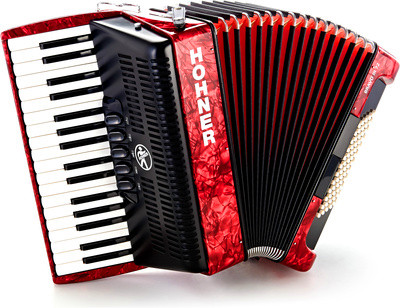
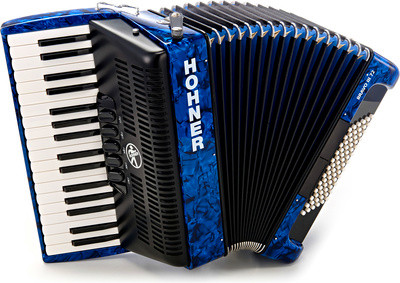




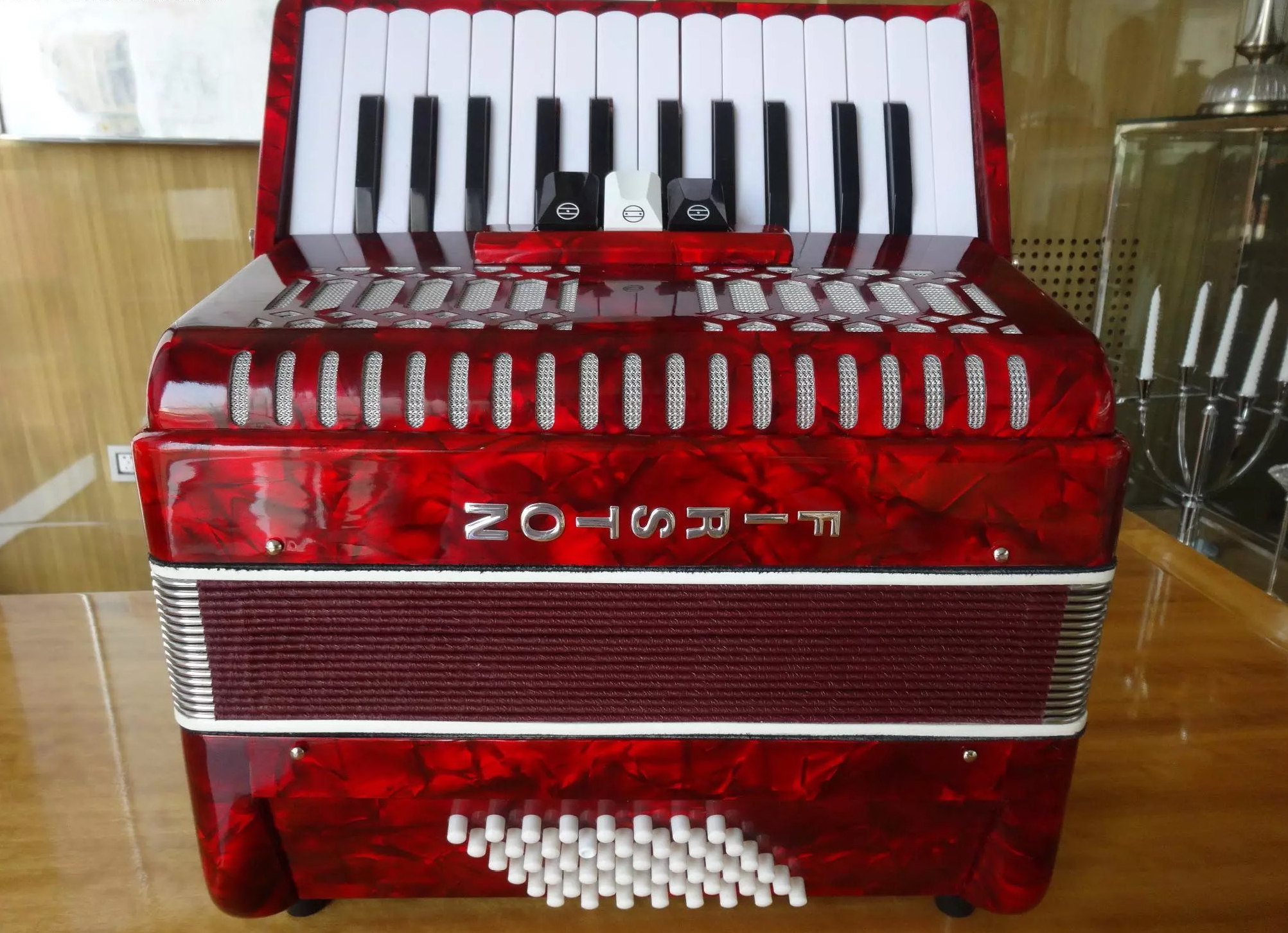
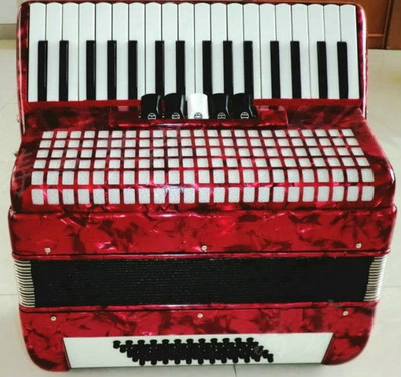
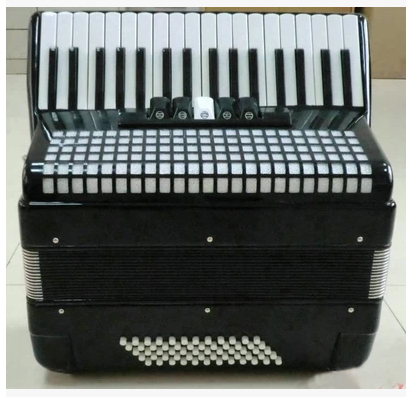
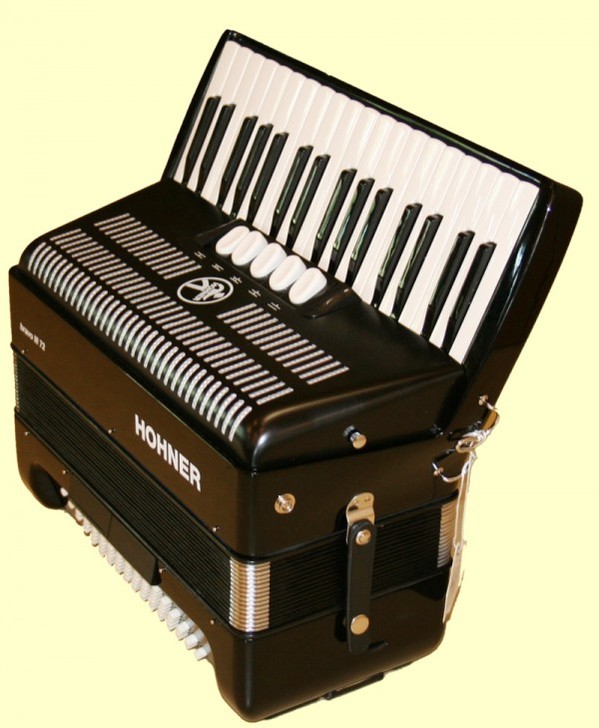
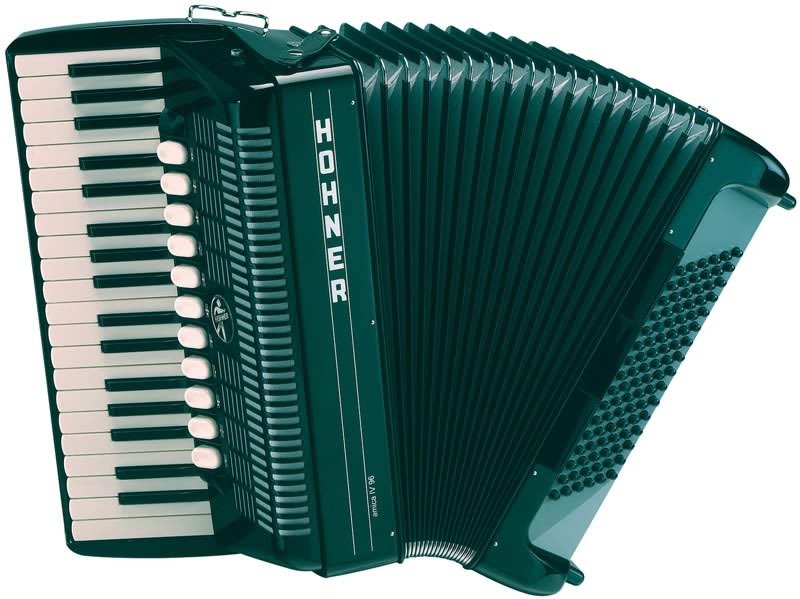
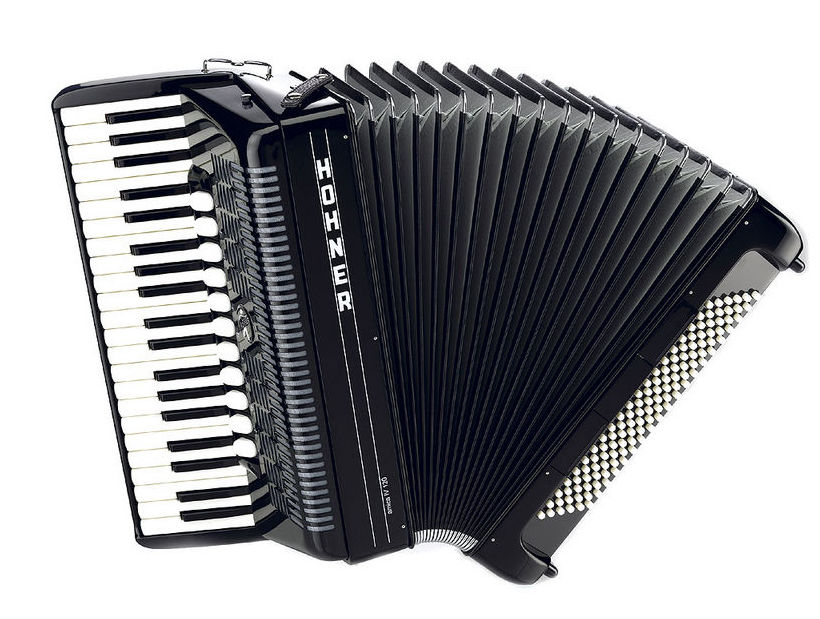
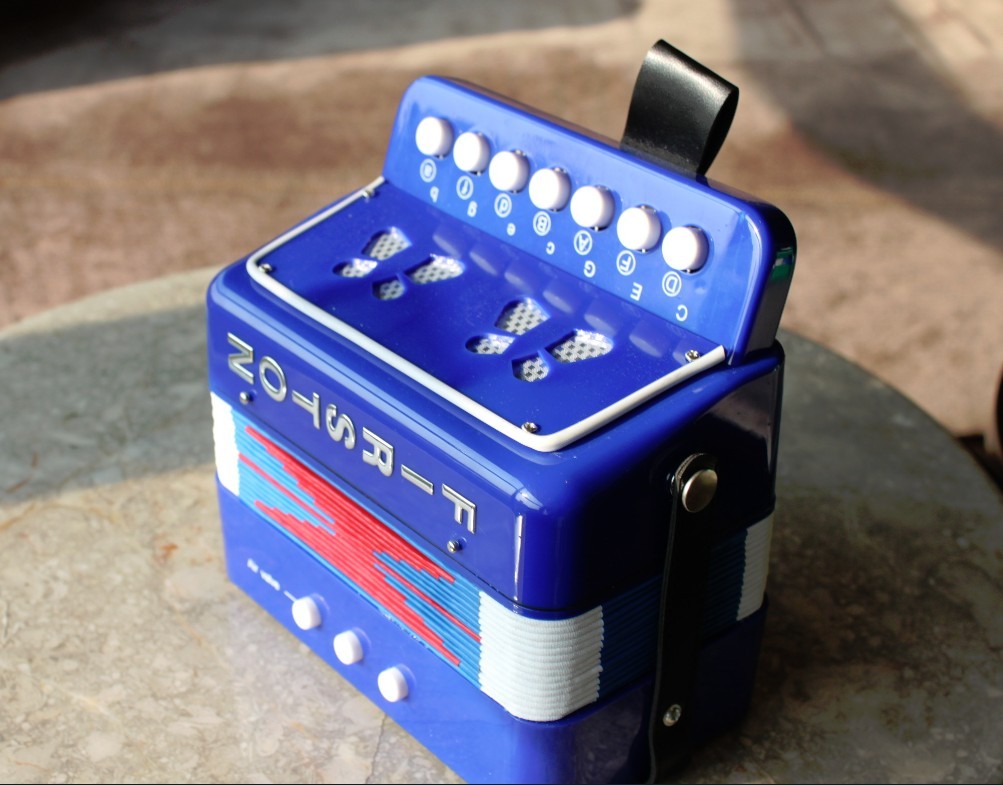
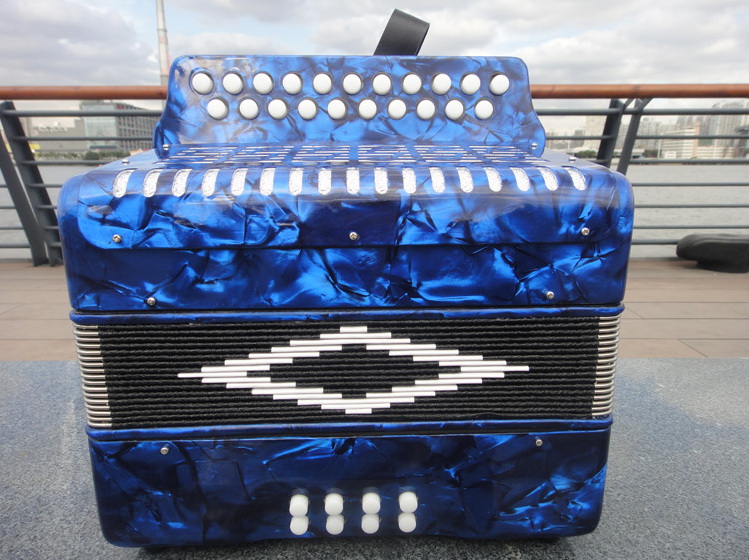
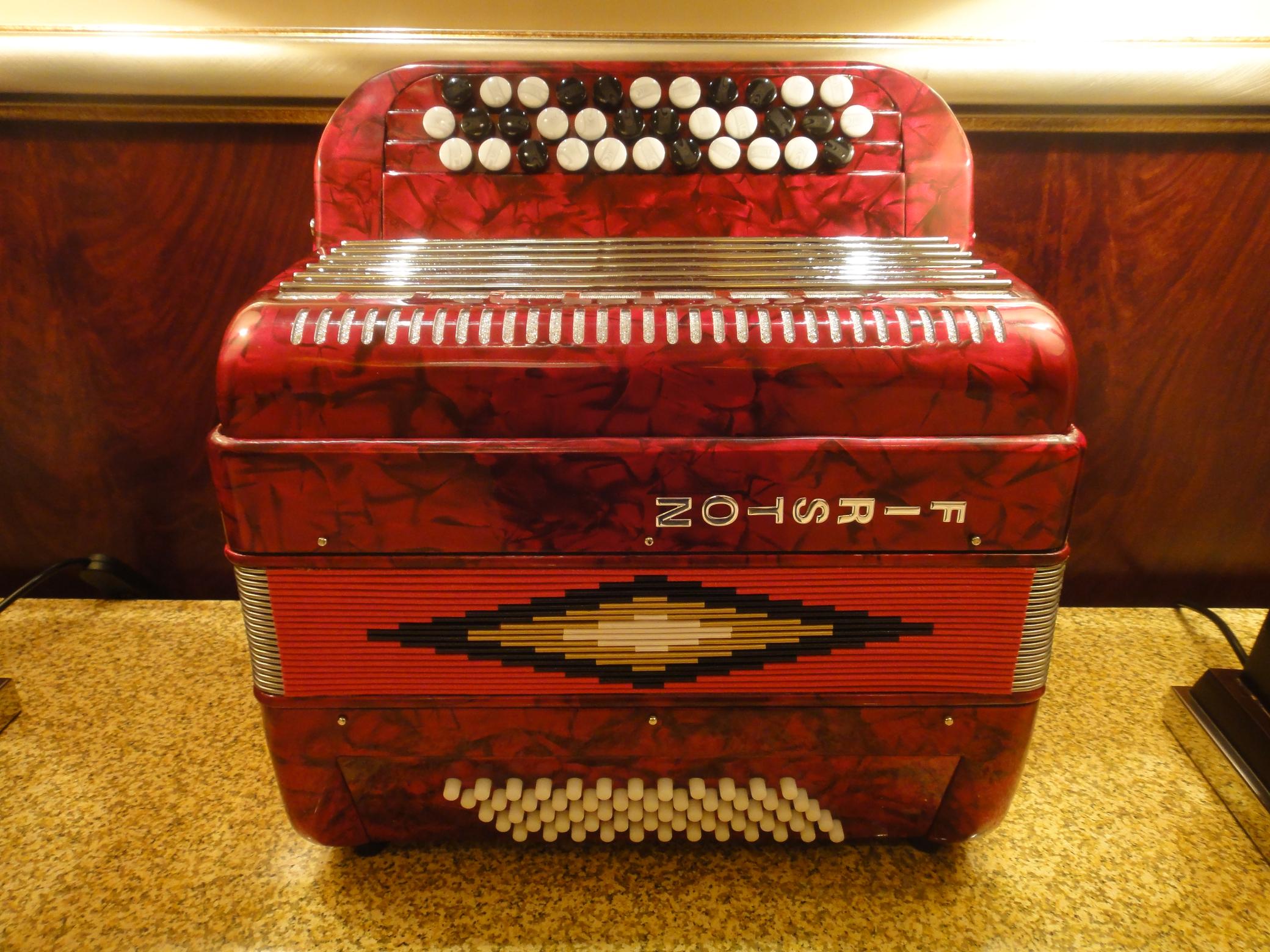
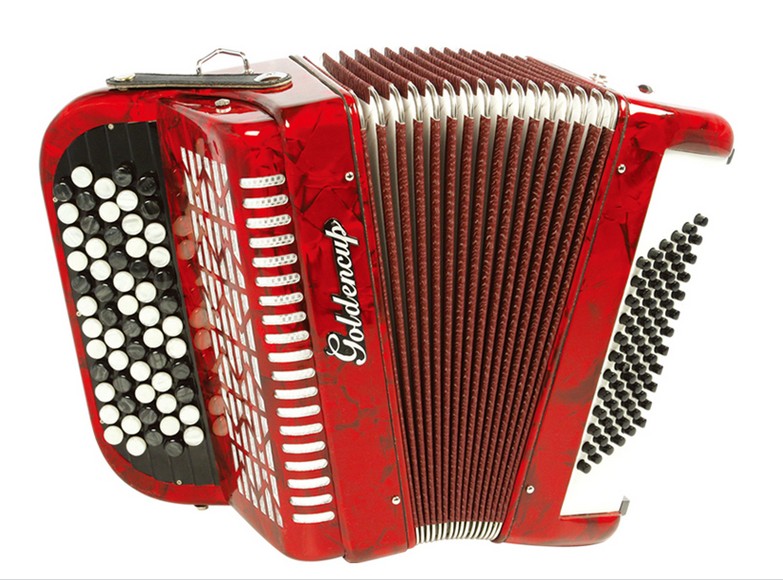
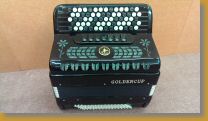
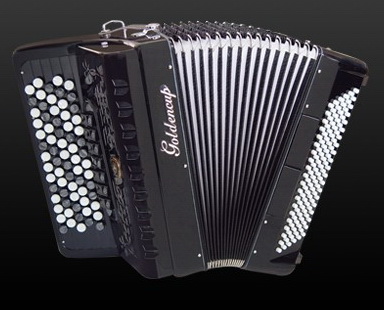
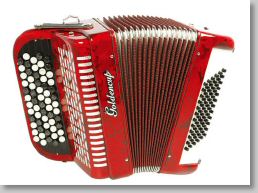
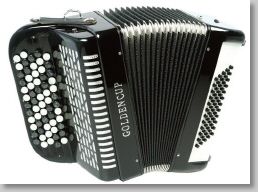
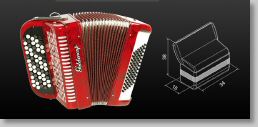
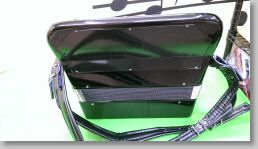
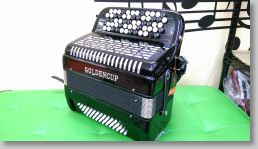
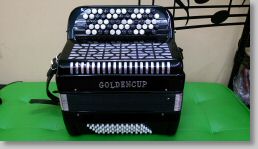
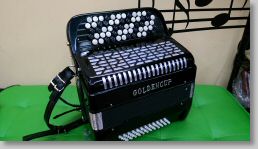
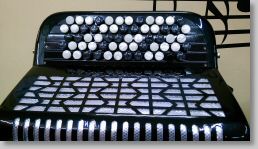
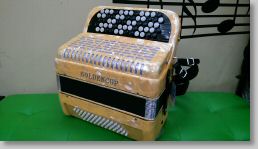
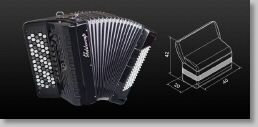
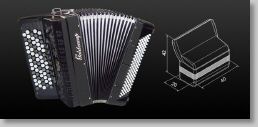
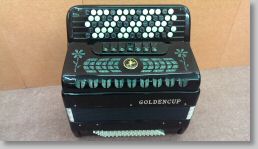
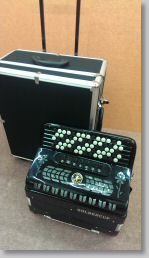
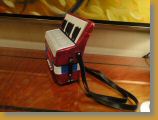
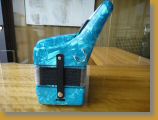
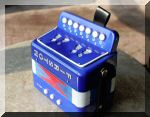
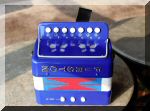
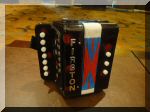
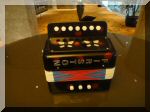
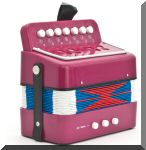
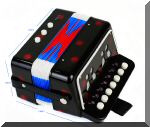
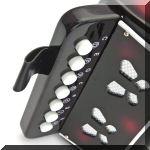
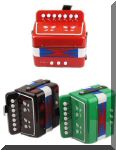

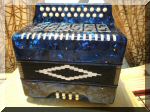
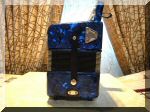
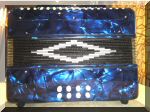

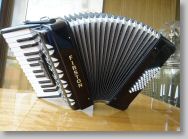
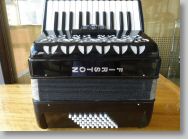
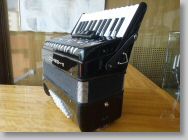
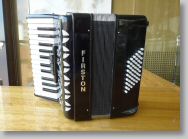
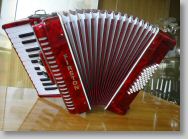
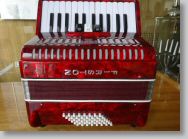
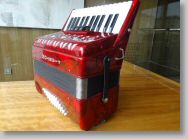
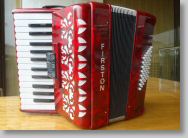
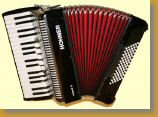
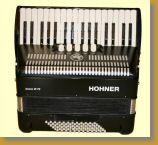
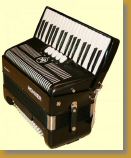
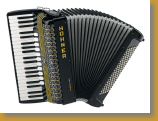
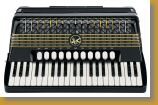

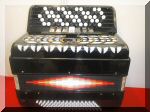
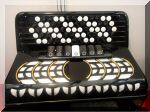
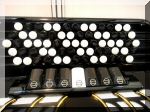
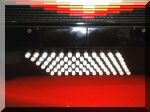
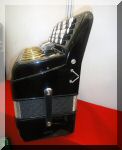
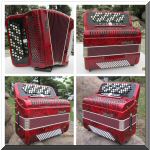
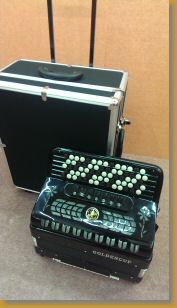
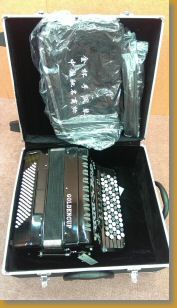
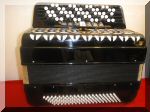
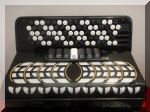
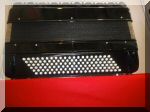
 1_tm.jpg)
 2_tm.jpg)
 3_tm.jpg)
_tm.jpg)
_tm.jpg)
